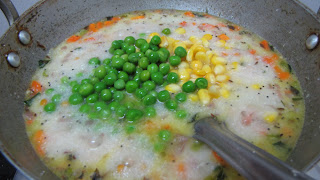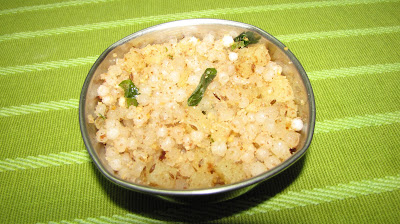I really don’t know what to call
this. I wanted to do a savory and sweet for aayutha pooja and punjabi puda
inspired from dassana was the sweet I tried; but it totally took a different
form later during my trial; hence I named it paddu.
Original recipe Source: vegrecipesofindia.com
Method:
Step 3: Alternatively you can prepare them in a kuzhiyappakal shown in the picture if you have one or use tawa to prepare them like pancakes.
Original recipe Source: vegrecipesofindia.com
Ingredients:
1. Wheat
flour -1 cup
2. Semolina
– 2 tbsp
3. Salt
– 1 pinch
4. Jaggery/
Sugar – ½ cup
5. Fennel
seeds – 1 tbsp
6. Raisins
– 2 tbsp
7. Ghee
– 1 tbsp
8. Oil
to fry
Method:
Step 1: Mix all ingredients from
1-7 in a bowl using water to a pakora batter consistency.
Step 3: Alternatively you can prepare them in a kuzhiyappakal shown in the picture if you have one or use tawa to prepare them like pancakes.







































